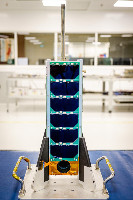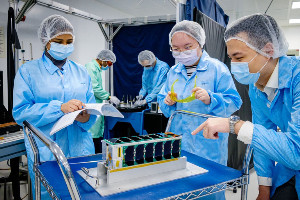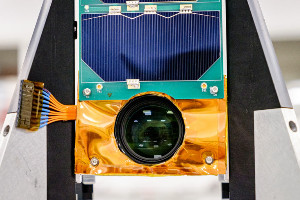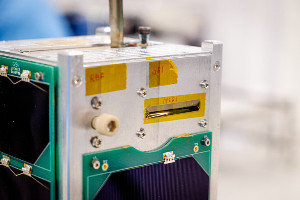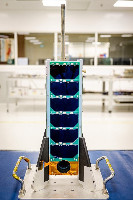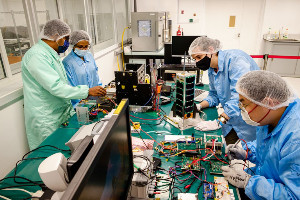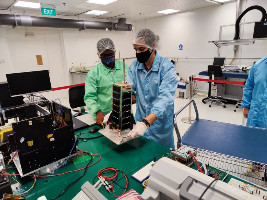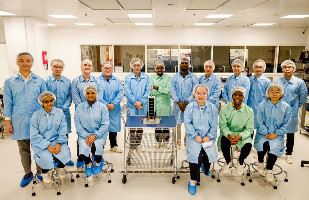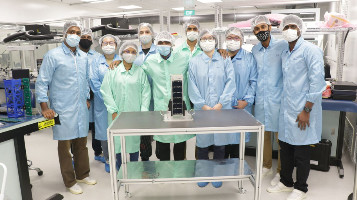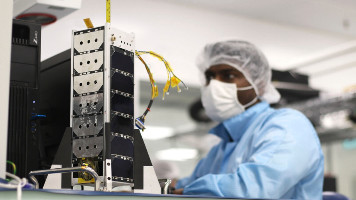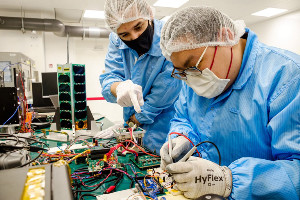| Satellite name | SCOOB-I (SCOOB 1, SCOOB-1, Student Satellite Series, S3-I)) |
|---|---|
| Form factor | CubeSat |
| Units or mass | 3U |
| Mass in kg | 3.1 kg |
| Status | Reentry 2025-01-14. No signal (Object not identified on Space-Track and no news found as of 2022-12-19) |
| Launched | 2022-06-30 |
| NORAD ID | 52938 ? |
| Deployer | ? |
| Launcher | PSLV (C53) |
| Entity name | Nanyang Technological University |
| Institution | University |
| Entity | Academic / Education |
| Country | Singapore |
| Operator | In-house? |
| Oneliner |
Carries a solar spectral sensor, Earth imaging camera, Attitude Determination System and a novel solar panel |
| Description |
The Satellite Research Centre (SaRC) at NTU School of Electrical and Electronic Engineering has started a hands-on student training program. The first satellite is the Student Satellite Series (S3-I) or SCOOB-I spacecraft. SCOOB-I is the size of a shoe box and carries a solar spectral sensor, Earth imaging camera, Attitude Determination System and a novel solar panel developed at SaRC. Under the overall guidance of Asst. Professor Amal Chandran, students started working on the development of SCOOB-I in 2018. More than 50 students have so far worked on this spacecraft through their Design and innovation Projects (DIP), Final Year Projects (FYP), Masters and PhD work. Students and staff at NTU developed an Earth imaging cubesat camera designed to provide images at a resolution of 25-30 m. SCOOB-I will be Singapore’s first heliophysics mission which will help us to understand better the Sun-Earth connection and solar impacts on Earth’s climate and weather. |
| Sources | [1] [2] [3] [4] |
| Photo sources | [1] [2] [3] [4] [5] [6] [7] |
Last modified: 2025-04-25
